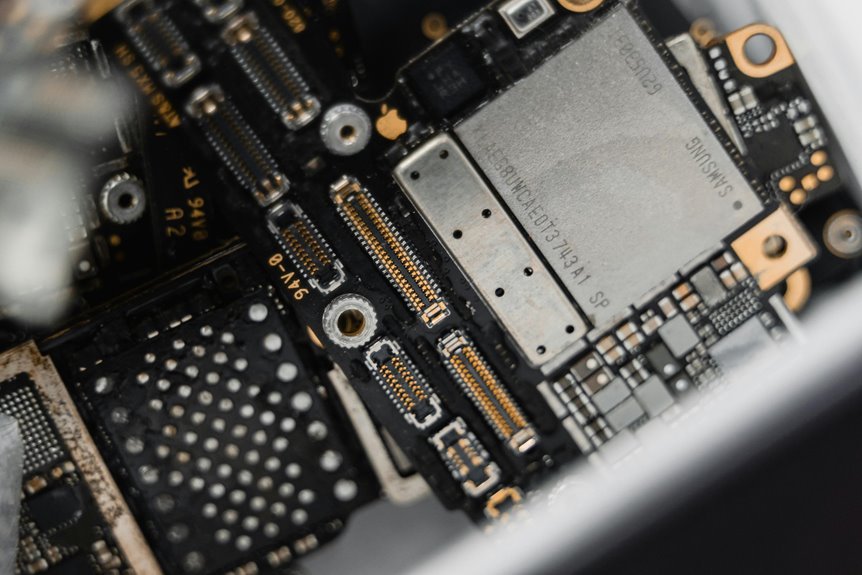
Tipping Screen : How Tip Screens Work in the Service Industry
Tipping screens have emerged as a pivotal innovation in the service industry, transforming how patrons express gratitude for services rendered. Utilizing sophisticated algorithms, these screens suggest optimal tip amounts, seamlessly integrating the tipping process into transactions. They engage customers through intuitive interfaces, leveraging psychological factors to encourage larger tips. Understanding their influence on service staff earnings and customer interactions reveals broader implications for the future of gratuity practices in an increasingly cashless environment. What might this mean for the evolving culture of appreciation?
The Technology Behind Tipping Screens
The emergence of tipping screens has transformed the way gratuities are processed in the service industry, blending technology with customer interaction.
These screens utilize sophisticated tipping algorithms to suggest appropriate amounts based on service levels. Their intuitive user interface enhances the customer experience, allowing for seamless transactions.
Consequently, tipping screens not only streamline payments but also promote a more engaging atmosphere for patrons and service providers alike.
The Psychology of Tipping: How Suggested Amounts Influence Patrons
While many patrons may not consciously recognize it, the suggested tipping amounts displayed on screens significantly shape their gratuity decisions.
These amounts leverage social norms, guiding individuals toward expected behaviors. According to behavioral economics, such cues can lead to higher tips, as they create a sense of obligation.
Consequently, patrons may feel compelled to conform to these implicit standards, enhancing the overall tipping experience.
The Impact on Service Staff Earnings and Customer Relationships
Suggested tipping amounts displayed on screens not only influence patrons' decisions but also significantly affect the earnings of service staff and the dynamics of customer relationships.
Effective tip distribution can enhance customer satisfaction, encouraging repeat business and fostering loyalty.
When patrons feel guided by screens, they are more likely to tip generously, ultimately benefiting both service staff and the overall atmosphere of the establishment.
The Future of Tipping Screens in a Cashless Economy
As the service industry increasingly embraces cashless transactions, the role of tipping screens is poised to evolve significantly.
Digital payment trends indicate a shift in consumer behavior, with patrons more likely to engage with tipping options through intuitive interfaces.
This evolution may enhance transparency and convenience, fostering a culture of gratitude and appreciation, ultimately benefiting both service staff and customers in a cashless economy.
Conclusion
In conclusion, tipping screens represent a significant innovation in the service industry, merging technology with social psychology to enhance the gratuity experience. As these digital devices become as ubiquitous as the rotary phone, they will likely reshape customer interactions and service staff earnings in a cashless economy. Embracing this shift not only fosters a culture of appreciation but also ensures that service excellence is rewarded, ultimately benefiting both patrons and providers alike.




